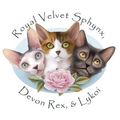Sphynx, Devon Rex, and Lykoi
Cattery Specializing in White Odd-Eye, Colored Odd-Eyes, & Dominate Blue/Odd Eyes.
We Raise Show-Quality Sphynx, Devon Rex, & Lykoi Kittens.
Royal Velvet Sphynx, Devon Rex & Lykoi is a small - reputable & ethical cattery - registered with TICA, CFA, and LCWW, serving cat lovers in Nashville, TN, as well as surrounding areas like Chattanooga, Knoxville, and clients across the country. Located in Spring City, our cattery treats our kittens as beloved members of our family. Our primary goal is to preserve the breeds, to keep the breed standards. As well as for personality and health. Our kittens are breed with the highest standards and quality. Raised in our home, providing continuous interaction, love, and socialization from the moment they are born.
Breeds We Raise
As one of the more trusted hairless cat breeders in Tennessee, we breed quality Sphynx, Devon Rex, and Lykoi kittens, with occasional outcrossing of approved breeds. This strategic outcrossing allows us to expand the gene pool, ensuring greater diversity and bringing in desirable traits. Our program prioritizes breeding show-quality, healthy, and happy kittens while preserving the distinct characteristics of each breed.
To ensure the optimum health of our show-quality Sphynx kittens, our Kings and Queens undergo a rigorous selection process. They are meticulously screened and cleared of over 40 different genetic predispositions through DNA testing. Additionally, we prioritize the cardiac well-being of our cats by conducting yearly screenings for HCM performed by a board-certified cardiologist. Furthermore, all of our feline companions are tested and confirmed negative for FeLV/FIV.

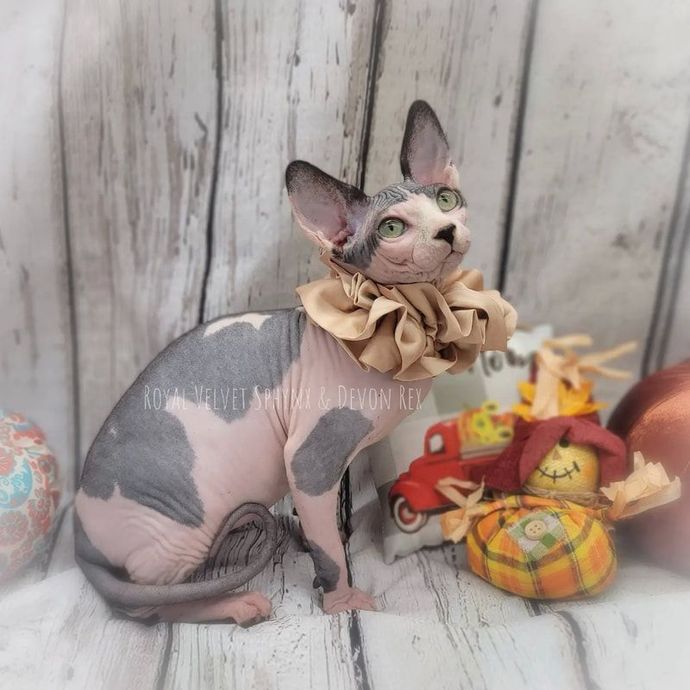
Slide title
Write your caption hereButton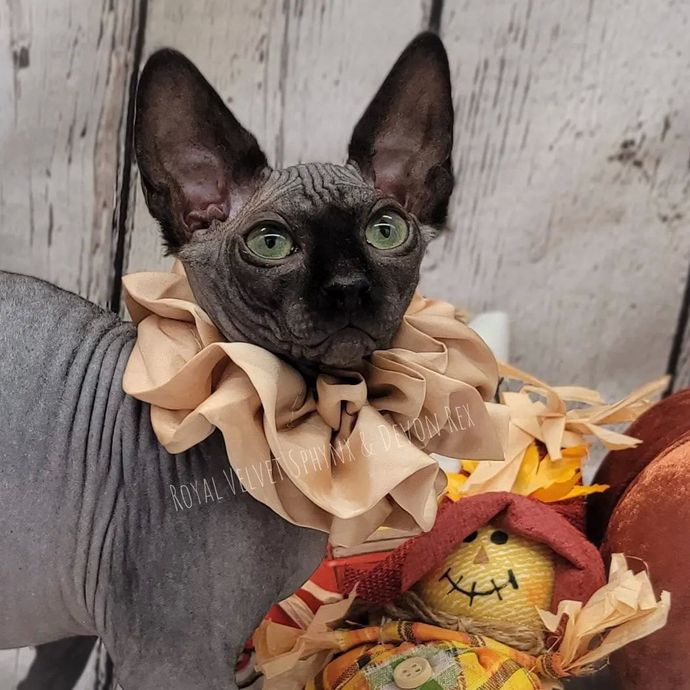
Slide title
Write your caption hereButton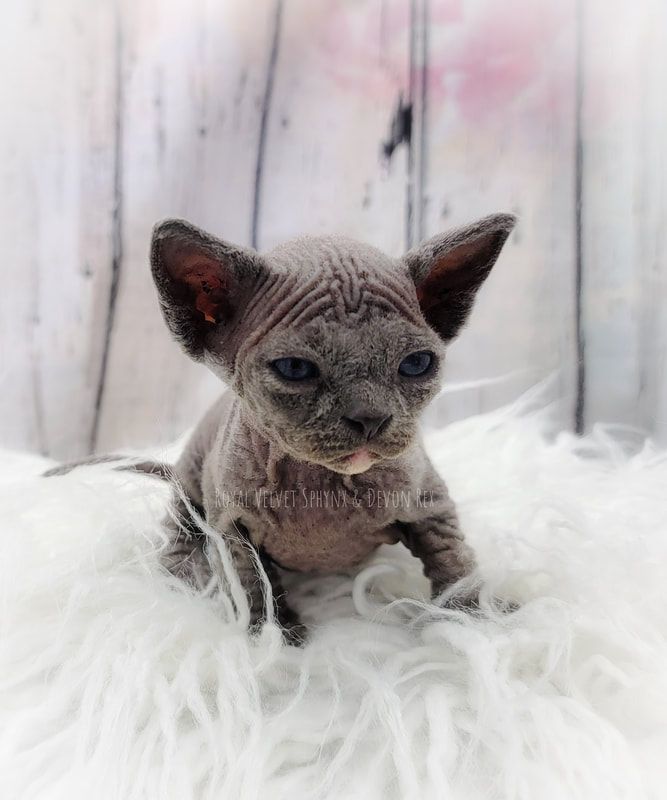
Slide title
Write your caption hereButton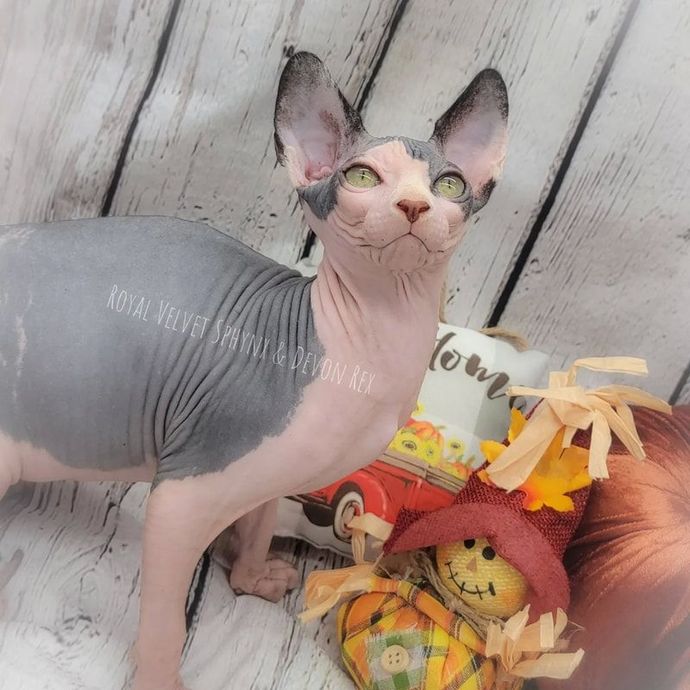
Slide title
Write your caption hereButton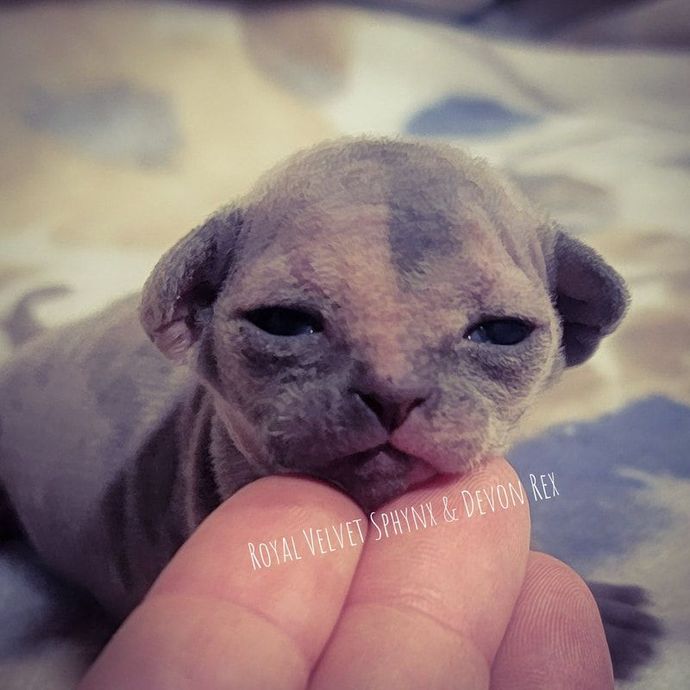
Slide title
Write your caption hereButton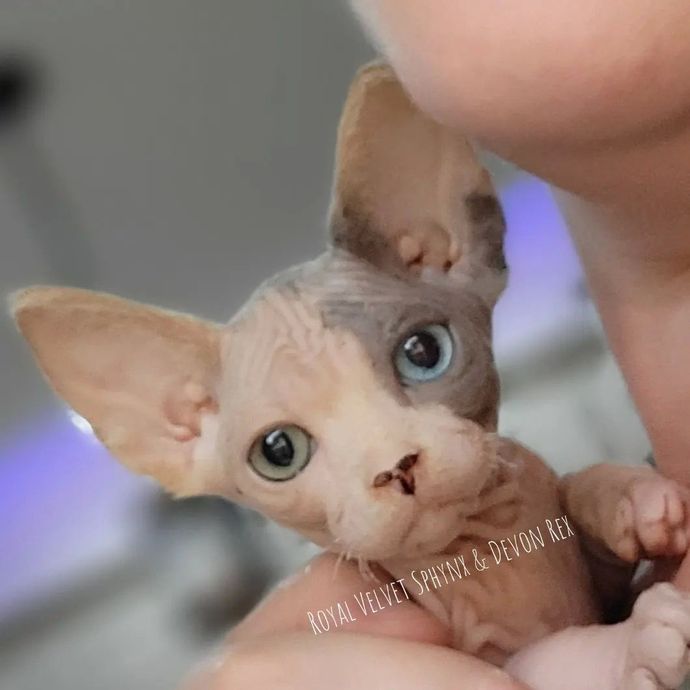
Slide title
Write your caption hereButton
Slide title
Write your caption hereButton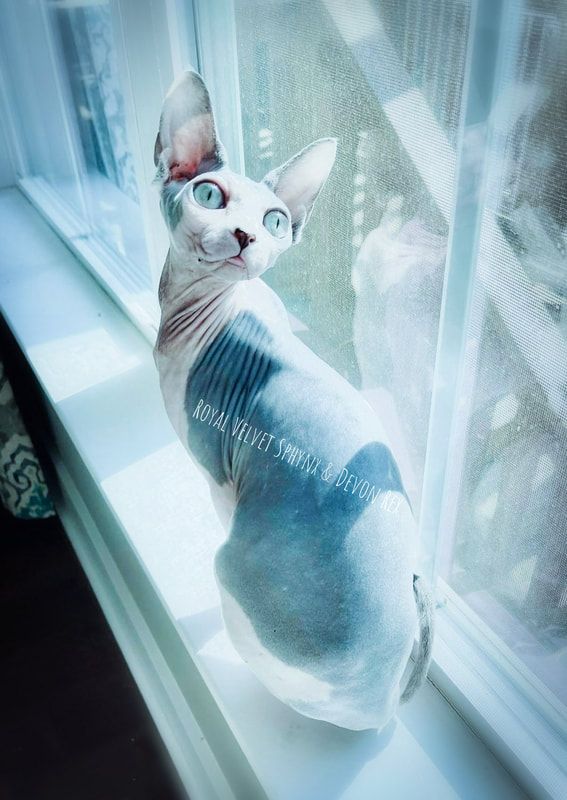
Slide title
Write your caption hereButton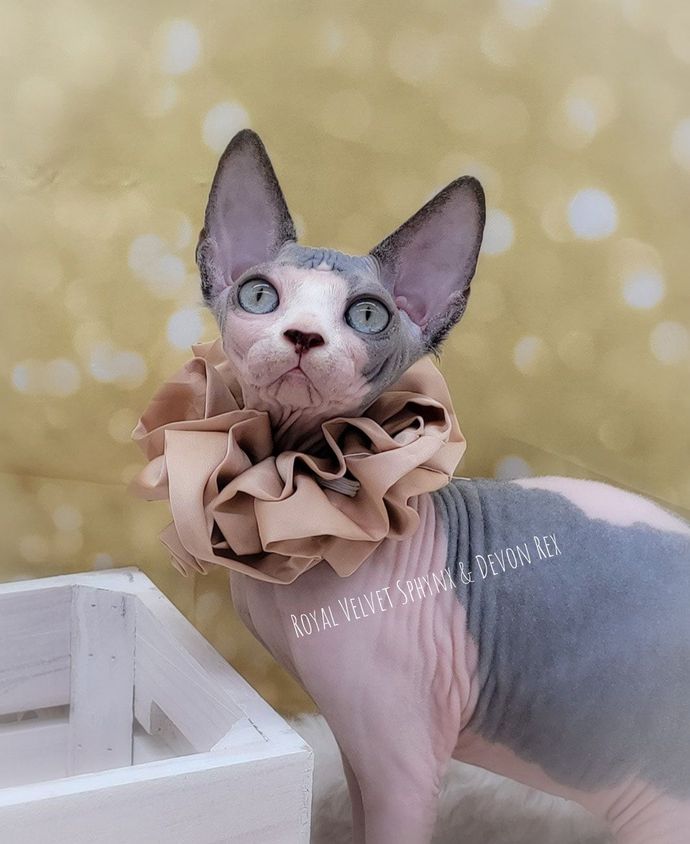
Slide title
Write your caption hereButton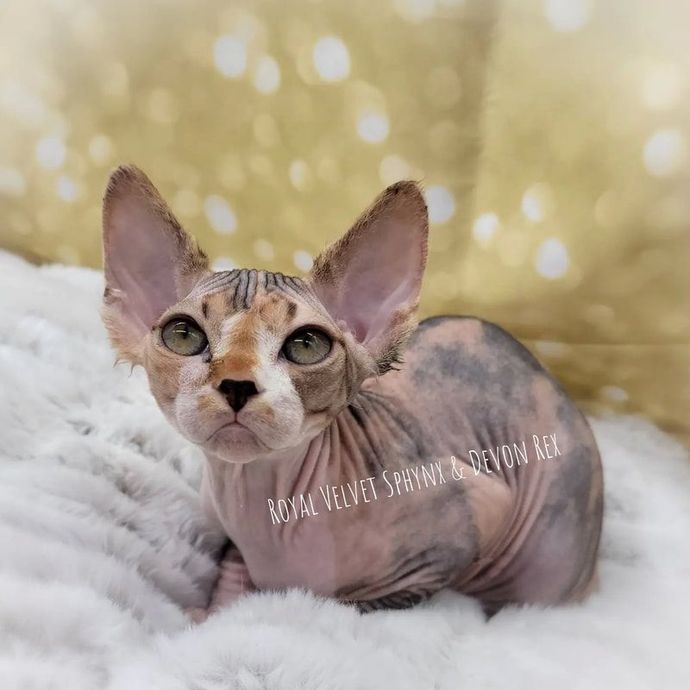
Slide title
Write your caption hereButton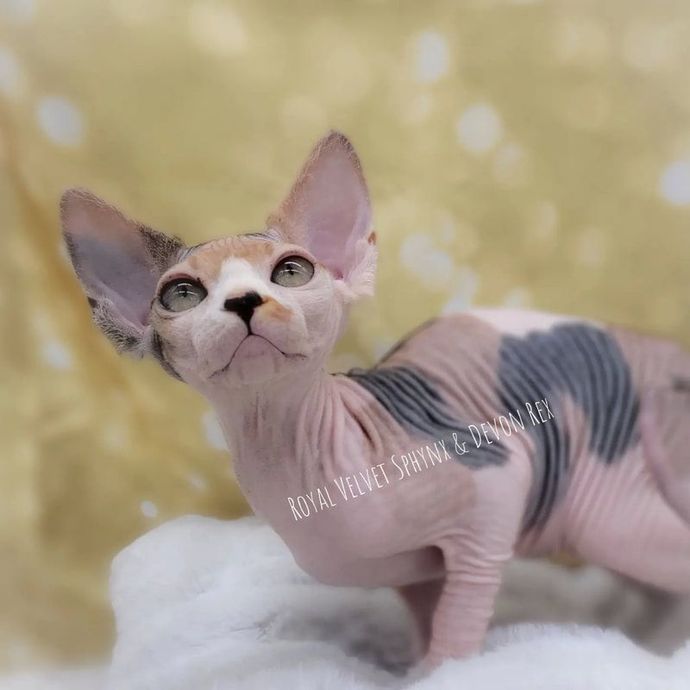
Slide title
Write your caption hereButton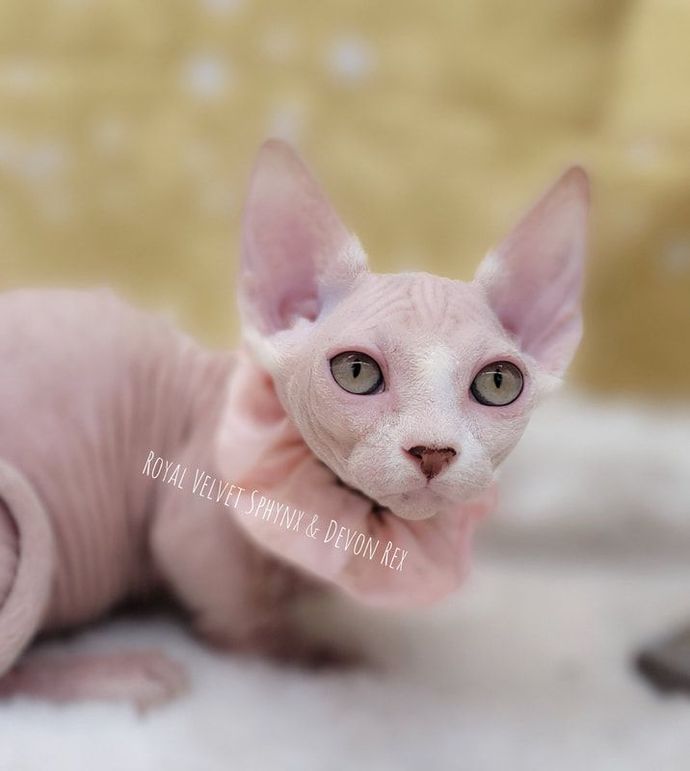
Slide title
Write your caption hereButton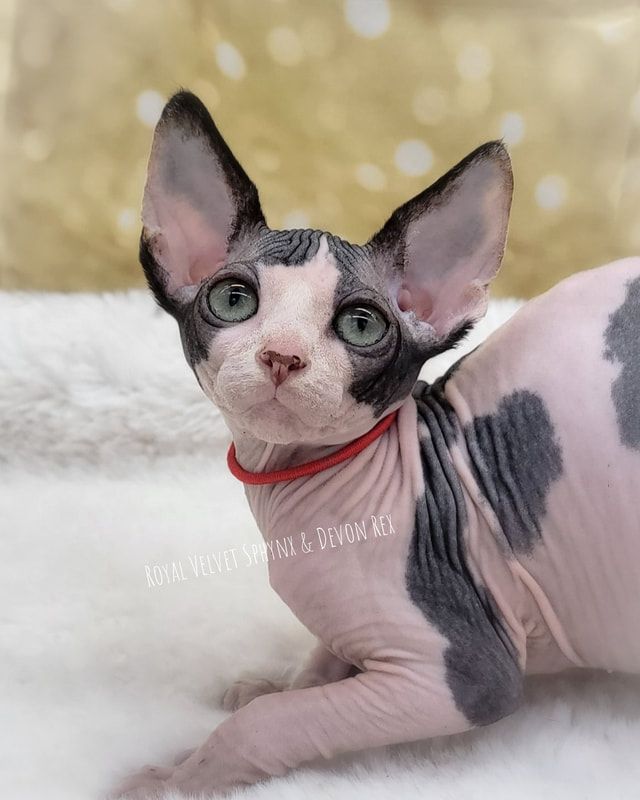
Slide title
Write your caption hereButton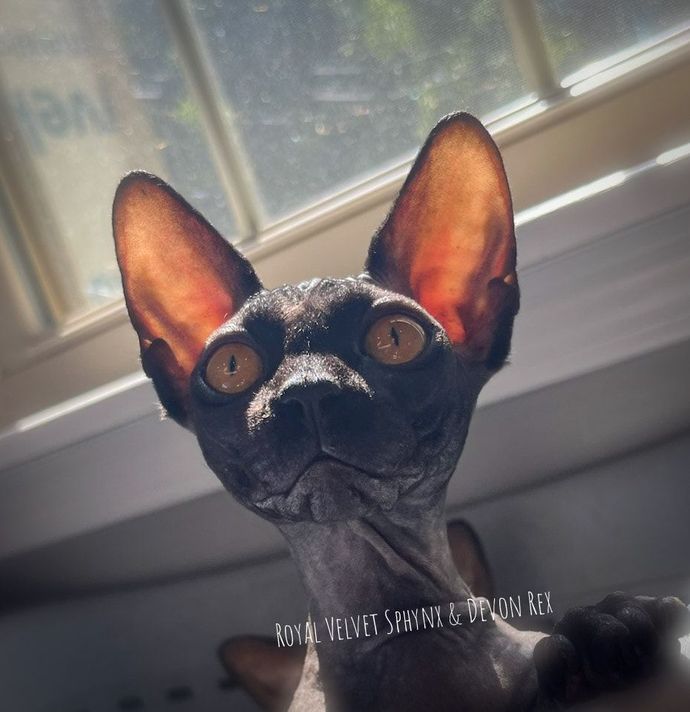
Slide title
Write your caption hereButton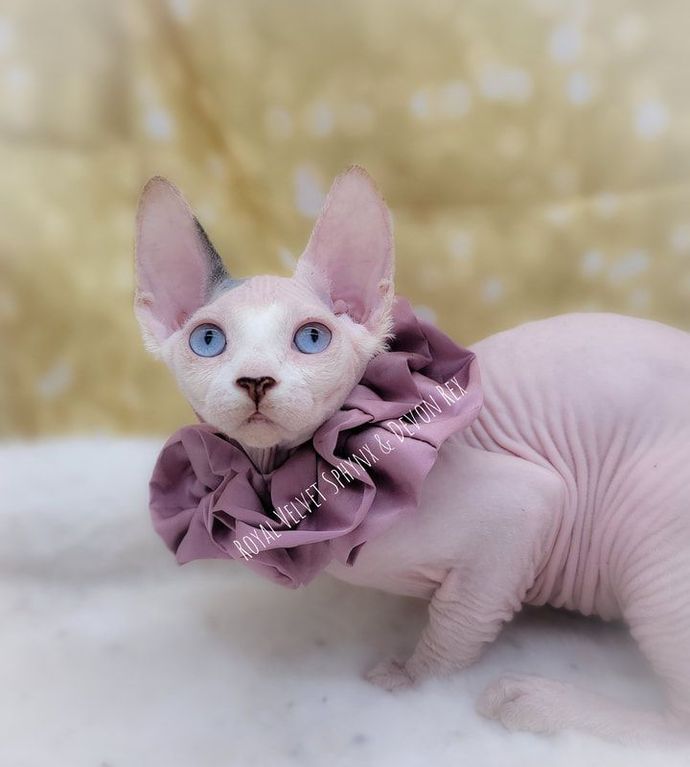
Slide title
Write your caption hereButton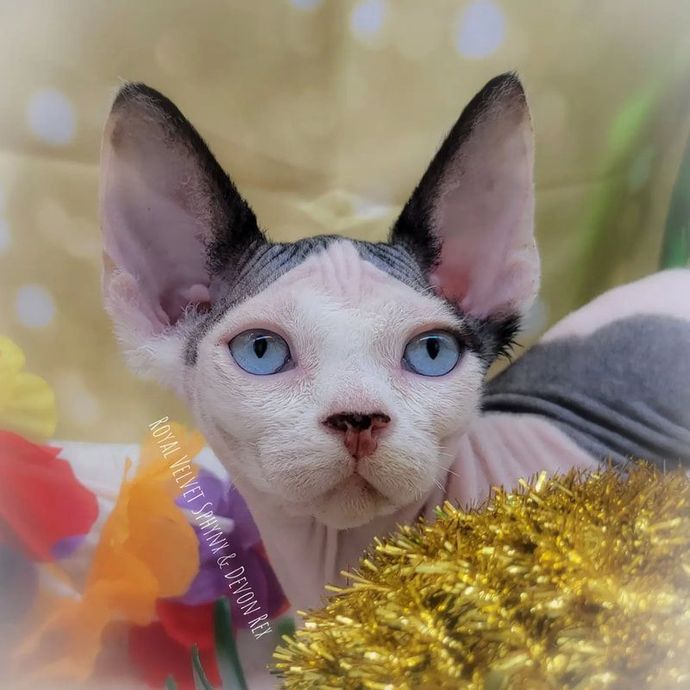
Slide title
Write your caption hereButton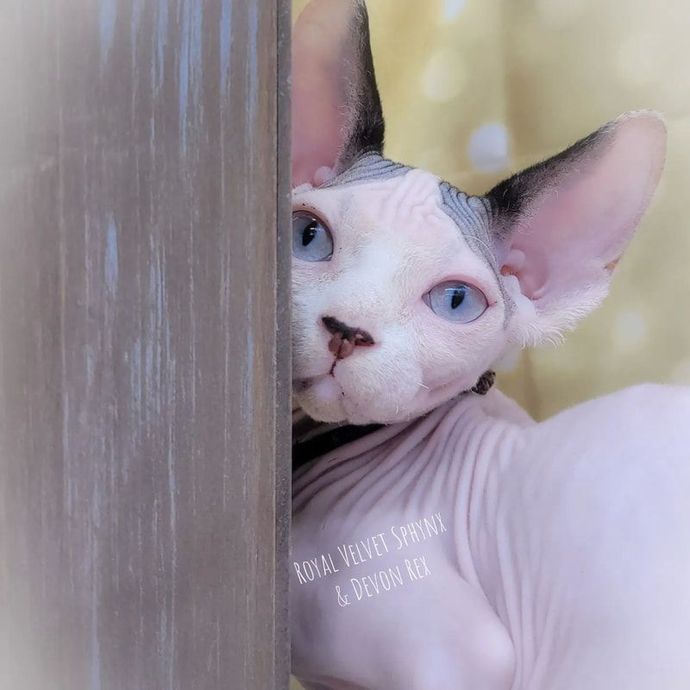
Slide title
Write your caption hereButton
Slide title
Write your caption hereButton
Healthy and Well-Cared Kittens
We thoughtfully raise
top-quality Lykoi showcats and other show-quality kittens. They come to you between 14 and 16 weeks old with vet-administered vaccines, deworming, a microchip, and a clean bill of health.
Comprehensive Health Care
We prioritize your show-quality Sphynx kitten's well-being with a minimum of two FVRCP vet-administered vaccines, age-appropriate dewormer, FeLV/FIV negative status, negative fecal testing, and normal range blood work.
Genuine Registration and Documentation
Each kitten, including our show-quality Sphynx kittens, comes with TICA or CFA registration papers, ensuring its pedigree and authenticity. It also comes with vet documentation and 30-day free pet insurance by TruPanion.
Quality Guarantee
We stand by the quality of our show-quality Sphynx kittens with a health guarantee against genetic or cognitive defects, as well as an HCM & FIP guarantee. Our cattery is HCM scanning, and scans are available upon request.
Kings & Queens
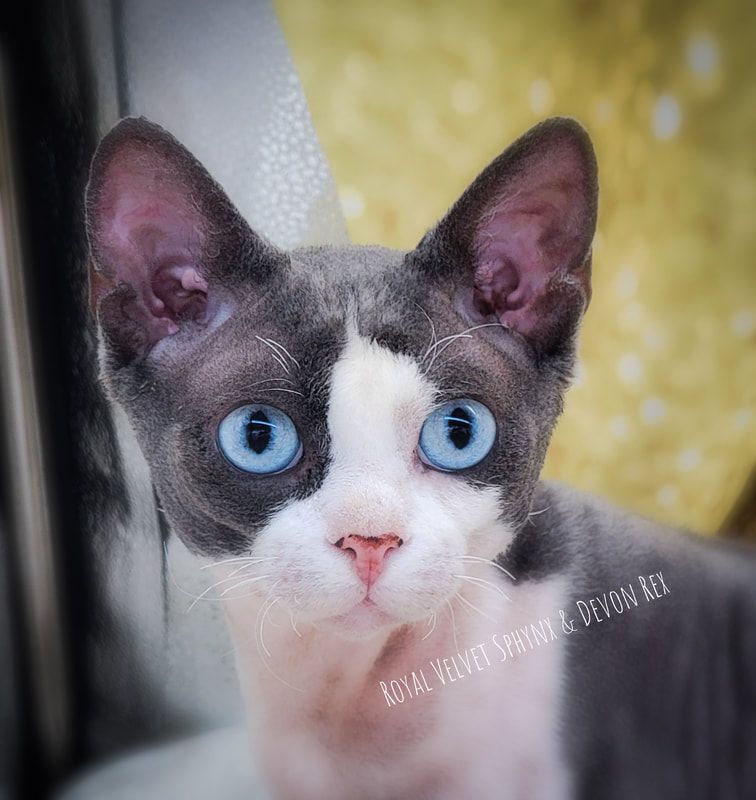
Jean Claude
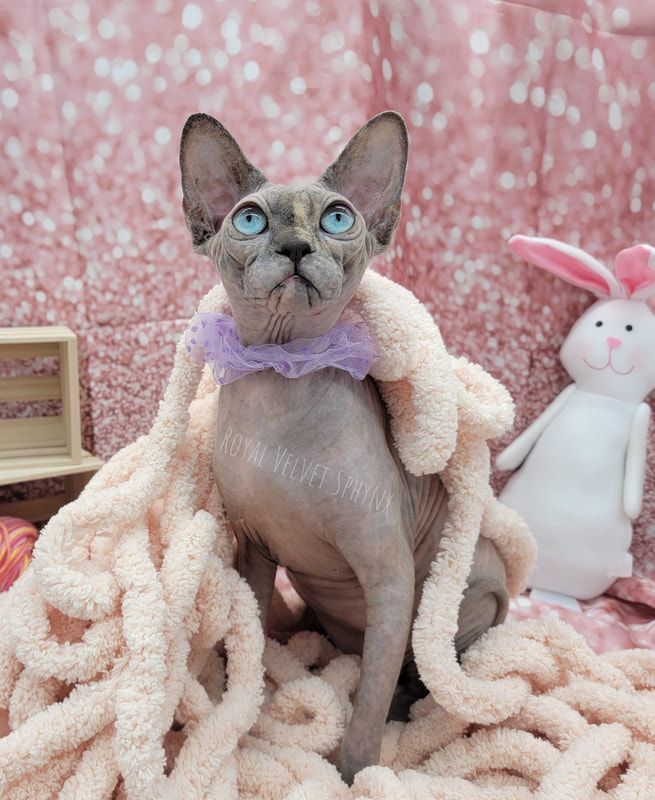
Murashoff Istina
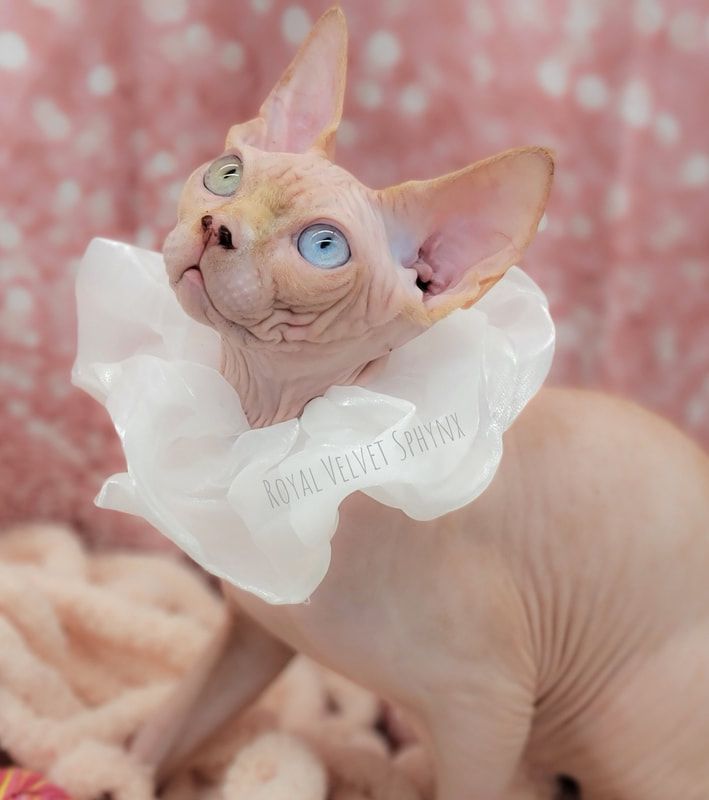
Big Red
Fergs
Garfield
Mike
Jean Claude
Murashoff Istina
Discover Our Royal Heritage
Discover the elegance of our show-quality Sphynx kittens, Lykoi showcats, and more. Learn more about our rich history and values that define our royal heritage.
Available Kittens
Sphynx
Indulge in the irresistible charm of our show-quality Sphynx kittens. This captivating breed is renowned for their hairless bodies, affectionate personalities, and warm companionship. With their unique allure, they promise to steal your heart and bring immeasurable joy to your life, offering a one-of-a-kind feline companion experience.
Devon Rex
Embrace the charm of Devon Rex cats — a breed renowned for their curly coats, playful nature, mischievous charm, and ability to form deep bonds with their owners. They offer endless entertainment and unconditional love.
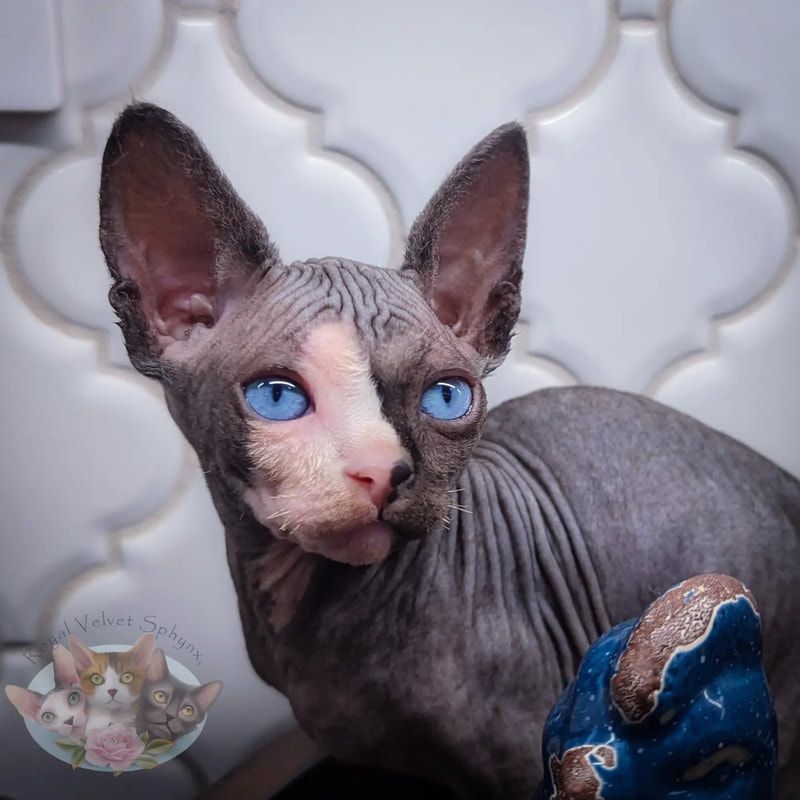
Your headphones should always look amazing! Pick your preferred color.
Colorful
Lykoi
Let us be your first choice for top-quality Lykoi showcats. This unique and captivating breed has partially hairless coats, engaging personalities, low maintenance requirements, and a rare and exclusive appeal, making them extraordinary and affectionate companions.
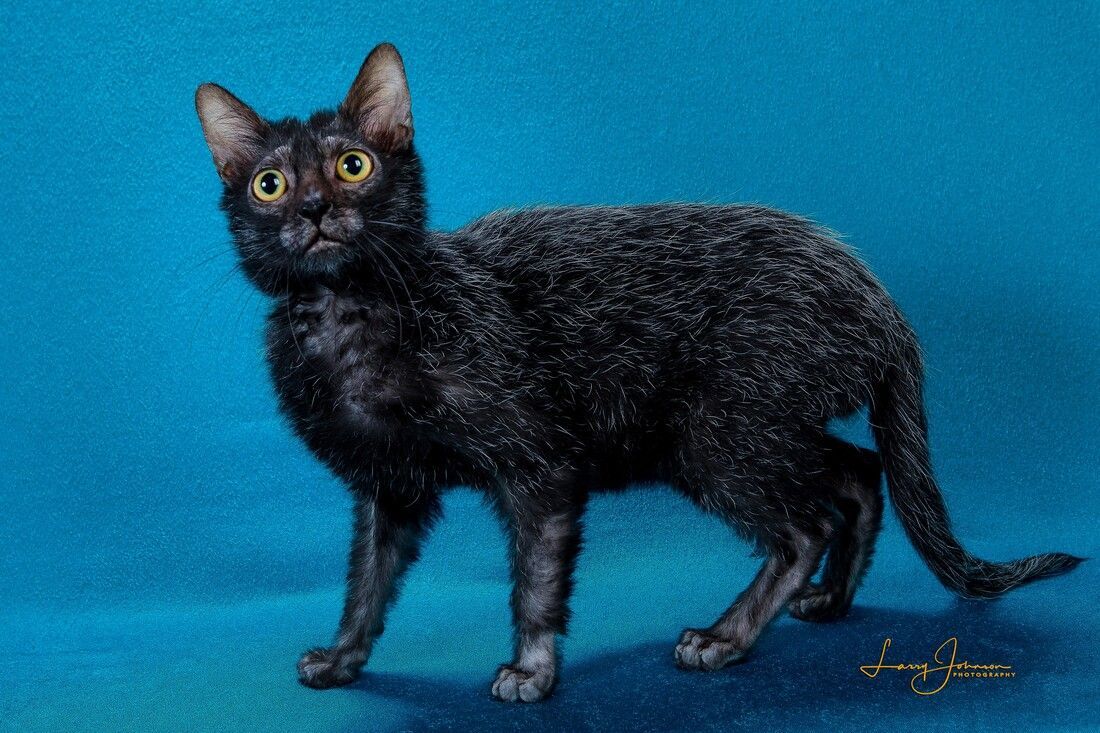
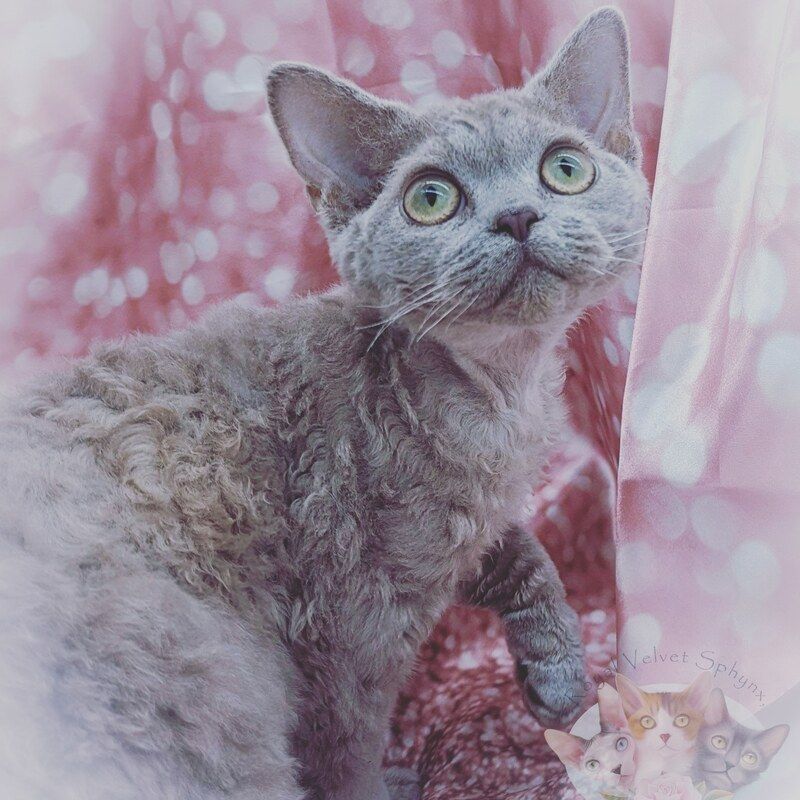
Helpful Articles
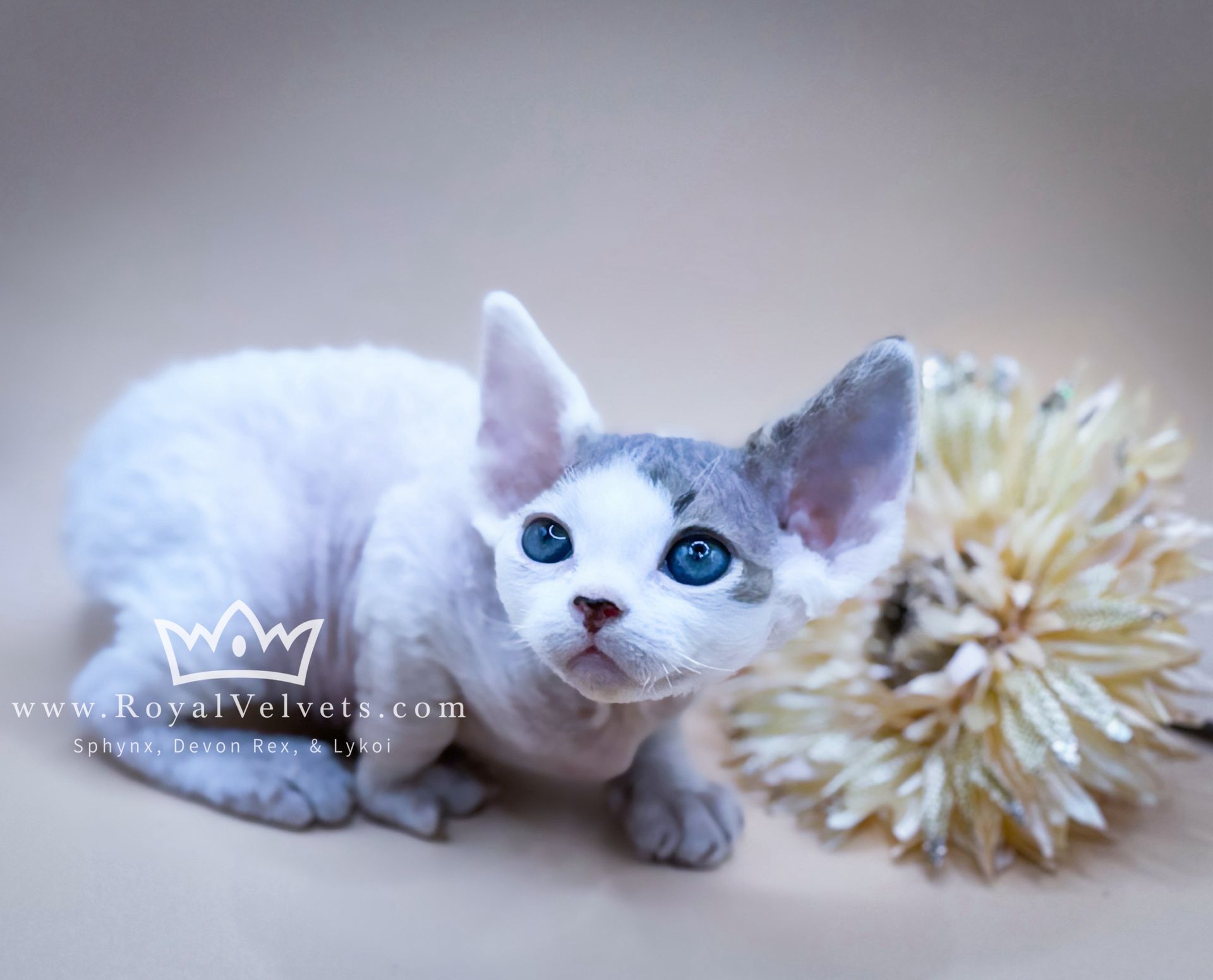
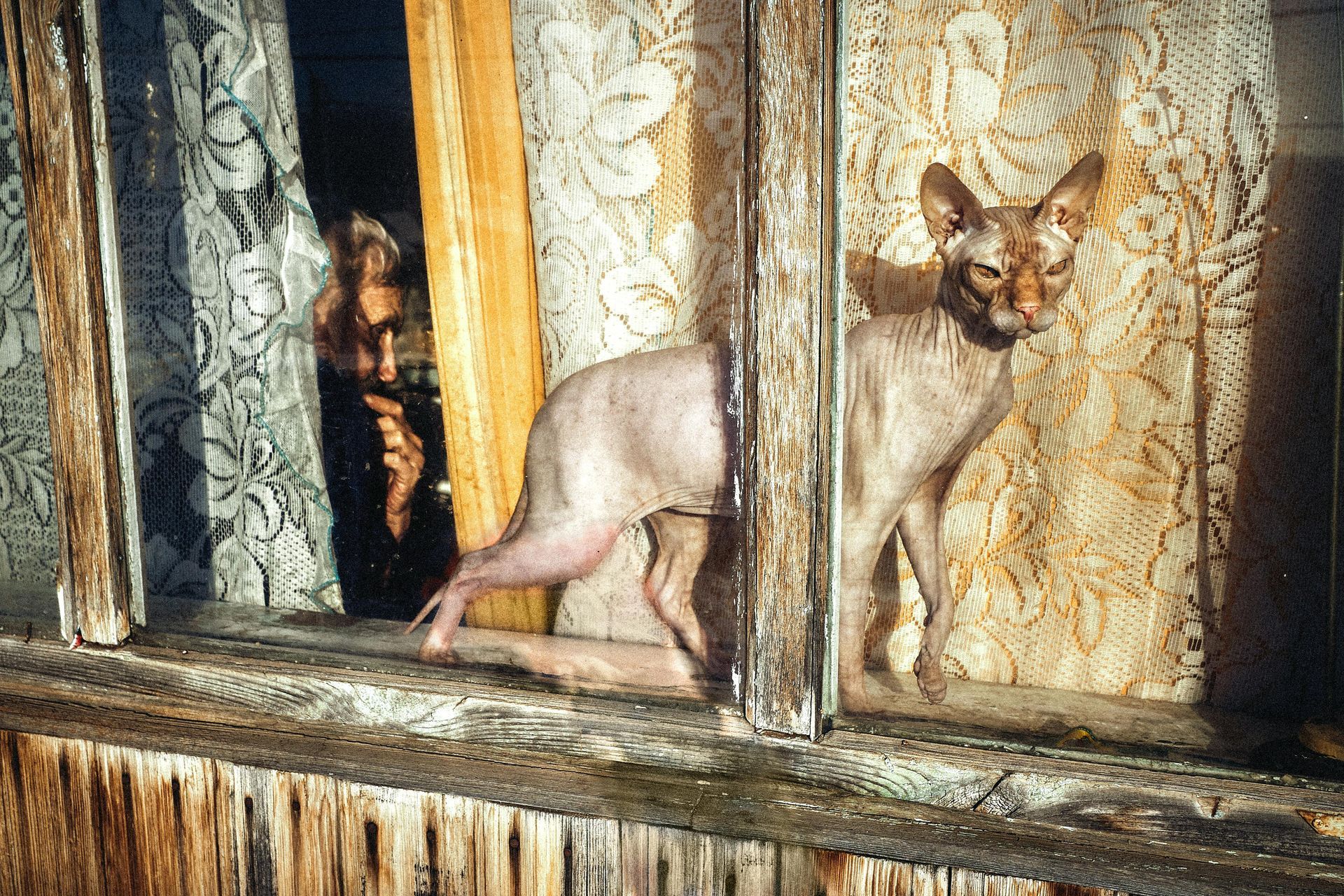
Adopt a Royal Companion Today!
Experience the joy of feline royalty today and embrace a lifetime of love, companionship, and regal purrs.
